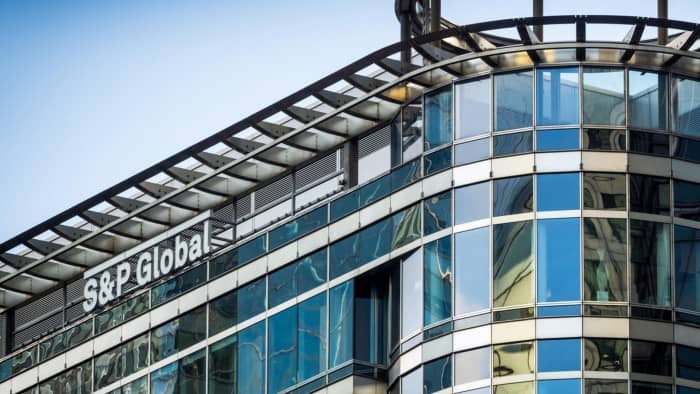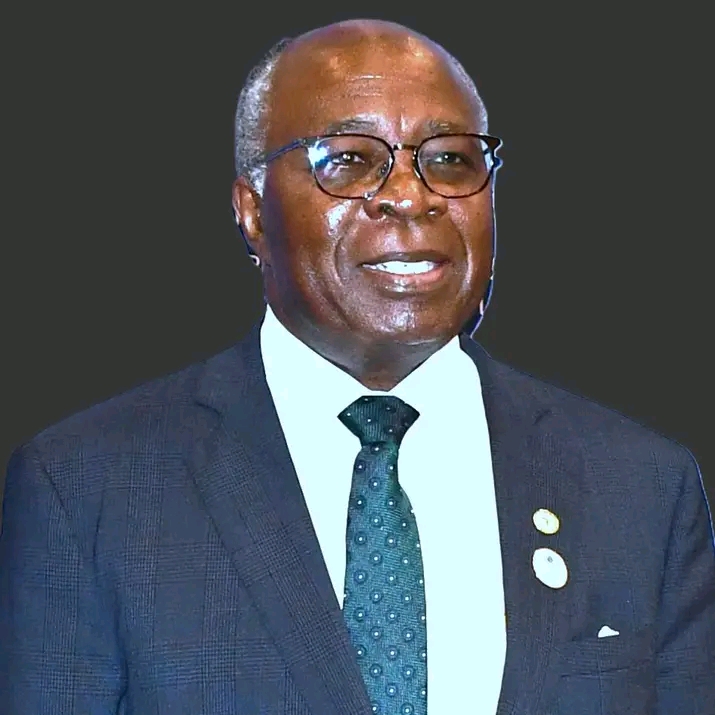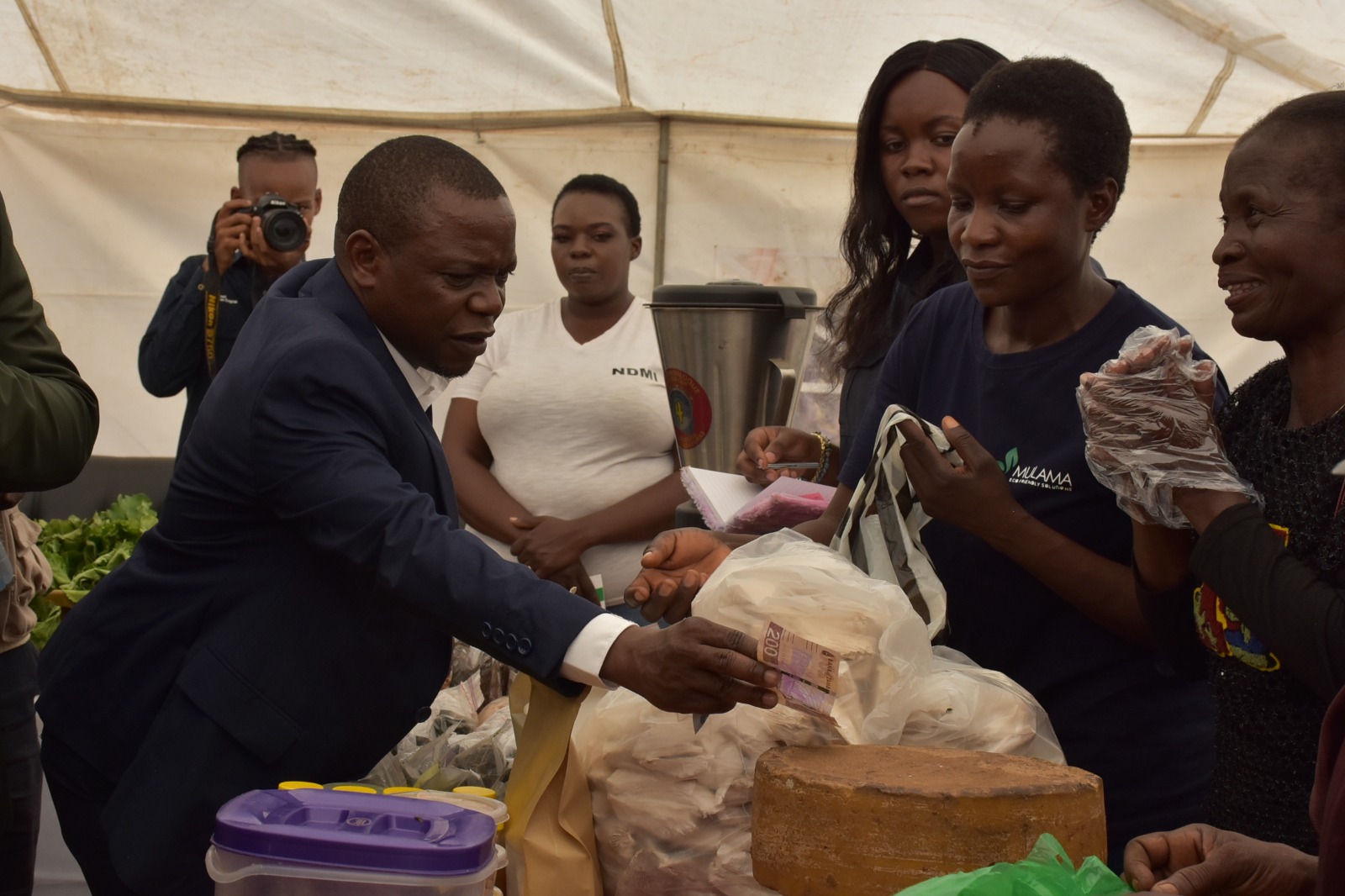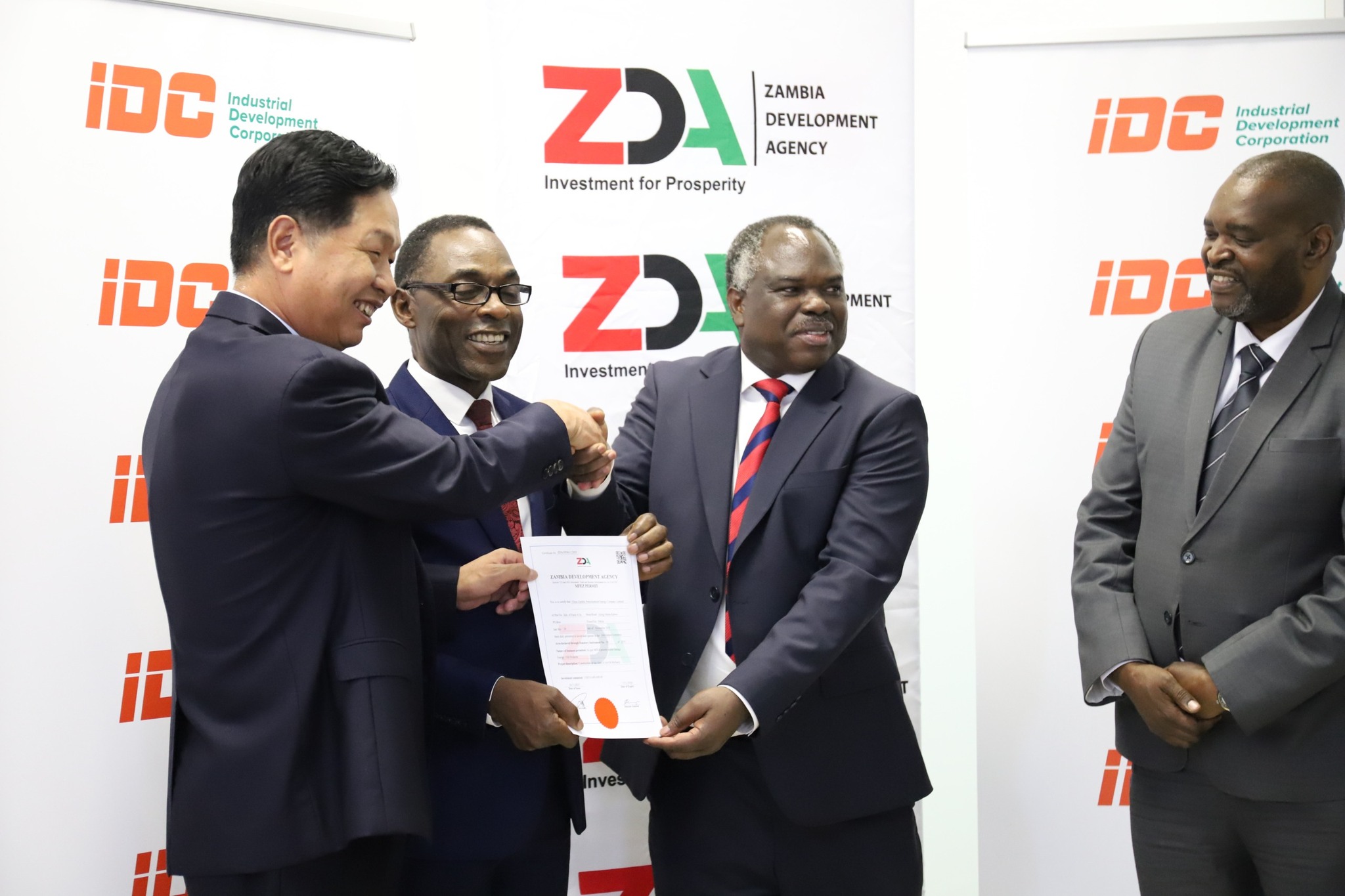By John Chola
Zambia has taken a decisive leap out of the shadows of debt distress, with S&P Global Ratings upgrading the country’s foreign-currency sovereign credit score to ‘CCC+/C’ from ‘SD/SD’.
This dramatic shift not only restores the nation’s credibility in the eyes of global markets but signals that Zambia’s painful years of economic reform are finally beginning to bear fruit—on the streets, in homes, and across the political arena.
The upgrade is a landmark achievement for President Hakainde Hichilema’s administration, whose reform agenda has moved from aspiration to demonstrable impact, steadily resetting the country’s financial compass after years of turbulence.
Debt Shackles Loosen as Zambia Rewrites Its Fiscal Story
S&P’s rating decision confirms that Zambia is finally pulling itself clear of the crippling debt overhang that has weighed down growth since 2020.
With 94 percent of US$13.3 billion under restructuring now resolved, the country is pushing past the stigma of default.
Creditor safeguards under the G20 Common Framework have also reduced risks posed by holdout lenders, providing newfound certainty for both government planning and investor sentiment.
The return to a non-default rating is more than a technical correction—it is Zambia reclaiming its financial voice on the global stage.
Stabilising the Economy: The Fog Lifts
Fiscal and monetary reforms are taking root. Government debt is projected to fall below 80 percent of GDP by 2028, inflation is expected to return to single digits by 2026, and foreign reserves have expanded to US$5.2 billion.
These improvements are reshaping Zambia’s macroeconomic landscape, giving policymakers more room to manoeuvre and rebuilding external buffers once stretched to breaking point.
The financial calm emerging today is the product of policy discipline that has often required difficult trade-offs.
Copper Roars Back—And Drags the Economy With It
The mining sector continues to roar back to life, with copper output rising 17.8 percent in the first half of 2025.
Global copper prices are projected to remain high, averaging US$10,500 per tonne through to 2028—positioning Zambia to reap significant benefits.
With mining accounting for 70 percent of export earnings and a quarter of government revenue, the sector’s resurgence is not just boosting government coffers; it is stimulating job creation, supply chain expansion, and renewed investor appetite across rural and peri-urban mining districts.
Political and Societal Ripples: How the Reforms Are Changing Daily Life
Beyond balance sheets and bond markets, Zambia’s economic overhaul is beginning to reshape the rhythms of ordinary life:
1. Lower inflation is easing pressure on household budgets.
As inflation trends downward, prices of essential goods—meal mealie, fuel, Kapenta, transport fares—are stabilising after years of volatile swings.
While households still face challenges, predictability is returning to family budgeting and small-business operations.
2. Improved fiscal space is safeguarding social programmes.
With debt service pressures easing, government resources are increasingly available for social protection, school bursaries, and health programmes that were previously squeezed.
Communities hardest hit by the 2024 drought are beginning to feel relief as grants and food-security interventions become more consistent.
3. Energy reforms are reducing load-shedding and powering businesses.
The diversification into solar, thermal, battery storage, and off-grid solutions is beginning to cut the frequency and duration of power outages.
Small manufacturers, welders, barbershops, maize millers, and market businesses are reporting fewer disruptions—restoring income stability.
4. Increased investor confidence is translating into job opportunities.
As mining, energy, infrastructure and ICT investment flows resume, employment prospects—especially for the youth—are expanding. New projects in copper, nickel and cobalt mining, and renewable energy installations, are creating technical and artisanal jobs across provinces.
5. Politically, reforms are shaping public expectations ahead of 2026.
While S&P notes that the elections will heighten political activity, the ratings upgrade has injected a new dynamic into the political environment:
– The government is campaigning on tangible economic stabilisation.
– The opposition faces a shifting landscape, where criticisms of mismanagement are challenged by visible recovery signs.
– Voters are increasingly focused on whether reforms are trickling into household realities—jobs, prices, services, and energy reliability.
In short, the upgrade has raised accountability stakes across the political spectrum.
6. National morale is lifting.
For many Zambians, the move out of default is more than a statistic; it is a psychological milestone, renewing optimism that economic hardship is not permanent and that the country is once again on a path of progress.
Reform Amid Political Season: Stability Holds
Even with elections approaching, S&P believes Zambia’s reform trajectory is stable. Diversification in the energy sector has mitigated the 2024 drought’s impact, and structural reforms appear insulated from political swings.
These efforts, paired with private sector collaboration, are making Zambia more resilient to climate shocks while laying foundations for industrialisation.
Government Welcomes the Upgrade: A Turning Point
Finance Minister Dr. Situmbeko Musokotwane described S&P’s decision as “a strong vote of confidence in Zambia’s economic reforms, governance credibility, and the resilience of our people.”
He noted that Zambia’s complex journey under the G20 Common Framework has strengthened institutional capacity and demonstrated the nation’s endurance under pressure.
The Road Ahead: Opportunity in Motion
S&P says further upgrades are possible if the country continues reducing debt faster than expected, strengthening its fiscal balance, expanding reserves, and accelerating growth.
But for now, Zambia stands at an inflection point—its economy steadier, its politics more focused on results, and its people beginning to feel the first breaths of relief after years of economic turbulence.
The comeback story has begun—and this time, it is unfolding not just in boardrooms, but in homes, markets, mines, streets, and ballot expectations across the nation.








Leave a Reply